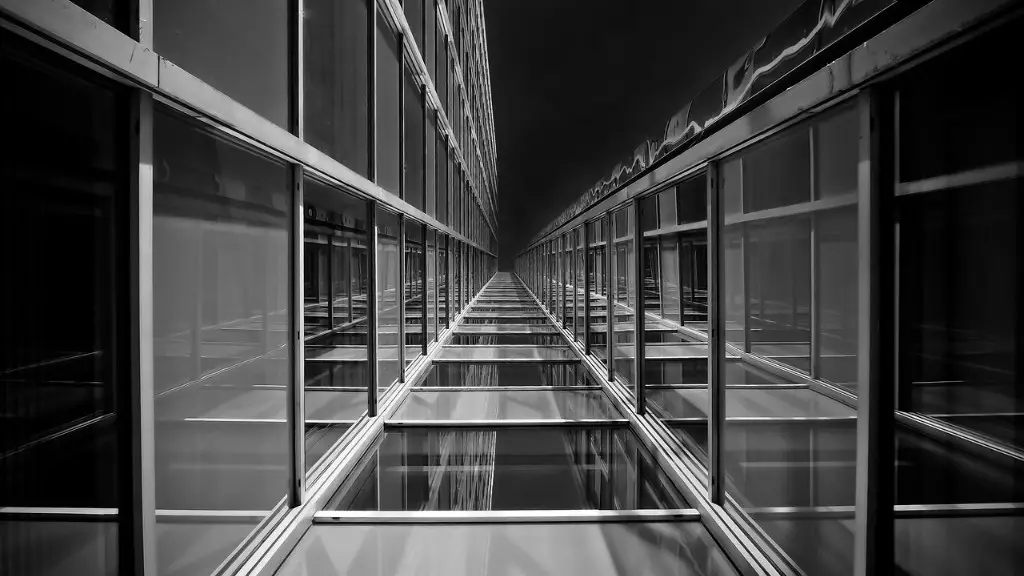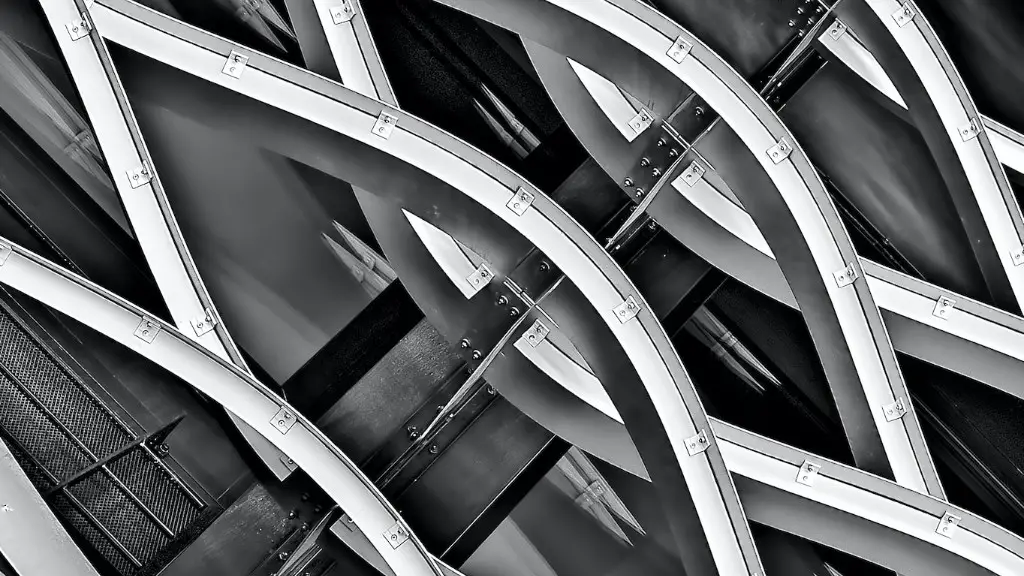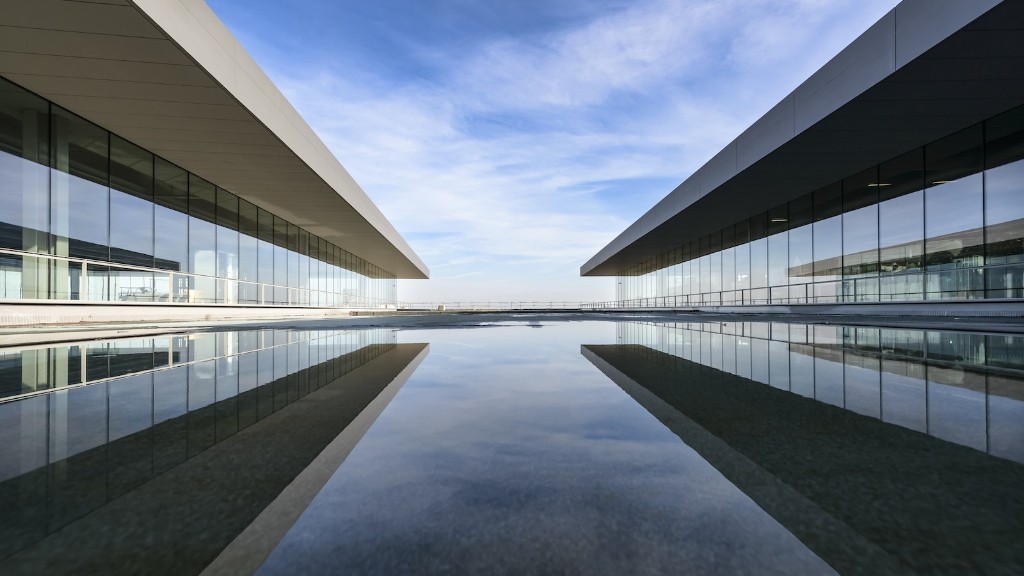Interior design and architecture have both long been linked to creating the aesthetic function of spaces, and the core processes of both fields have plenty of parallels. Both employ the principles of form, function, and technology to create a unified and cohesive whole, and a great deal of skill and craftsmanship go into executing either interior design or architectural projects. However, although both interior design and architectural practices are related, they are not interchangeable – and there are some clear and distinct differences between the two.
Let’s begin with what interior design and architecture have in common. Both require an intricate understanding of the materials, forms, and colours that make a space aesthetically pleasing and tailored for its purpose. In that sense, both the architects and the interior designers are problem solvers, and as such, both disciplines strive to create a comfortable and well balanced atmosphere in every project they develop. Working together, the two professions bring together the structural and the physical components of a building project.
Interior design has its primary focus on the aesthetic and functional needs of a space, while architecture is concerned with the structural components of the project. Interior design brings beauty and comfort to an interior space, while architecture takes on the responsibility of the structural design and integrity of a building. Here, many aspects are usually taken into consideration by the architect such as energy efficiency and safety. Another notable distinction between interior design and architecture is that while interior design is generally restricted to the interior of a space or building, architecture touches all aspects of the design process – from the exterior to the bedrock of the building.
The scope of work of an interior designer takes place after architectural plans are completed and the keys of a home or space have been handed over. An interior designer’s foremost mandate is to make the space functional and aesthetically pleasing for the end user by bringing in the ideal materials, colours, textures and light. There must also be furniture, accessories and other decorative items selected to best fit the space. As for architecture, one of the key components of its job is to decide how the house or property will look structurally. This also includes deciding on the shape and size of the house, placement of windows and doors, routing of suspension points for mechanical systems.
In a nutshell, both interior designers and architects have a have a collaborative relationship when it comes to building projects. Since a designer cannot easily work without the work of the architect, they both must work harmoniously together to ensure their projects’ aesthetics, purpose, usability, and safety are achieved. Consequently, the success of any project usually falls directly on the shoulders of both professionals.
Applying Design Principles
When designing an interior space, a designer needs to have a well-informed understanding of the fundamental design principles in order to succeed. In interior design, the principles of design must be taken into account to define how a room will work and how it will feel; balance, harmony, contrast, scale, emphasis, repetition, rhythm and unity. Architects must also take into account these same principles in order to create a unified and cohesive structure from the design and building process.
When handled correctly, these fundamental principles fulfill the overall design concept, allowing the creation of a successful space. In essence, the same principles of design can apply to both architecture and interior design, although the techniques are ultimately applied in different ways as each discipline has its own focus. That is why a successful architectural project can be terribly dissatisfying when its interior is not properly designed – and vice versa.
It is important to take into account that, despite both disciplines working hand in hand, interior designers and architects specialize in different aspects of a construction process. For a project to be successfully completed, the two fields have to be merged, but without straying too far from their core principles.
The Benefits
Interior design and architecture have complimentary and intertwined roles in creating a functional, harmonious living space. While a designer will focus on form and making the space beautiful, an architect will focus on structure and ensuring it is functional and meets safety standards. For example, an interior designer can create a unique and inviting lobby space, while an architect will work on how to install the elevator core – the physical and structural part of the design. Only the combination of the two will truly create a successful project.
By working together, interior designers and architects can help to create beautifully and intricately designed environments where one’s creative thoughts will be expressed in a poetic, yet technically sound way. In the end, both specialists will have played an important role in making a living space comfortable and enjoyable for any users.
The Challenges
With the hugely influential impact that both interior designers and architects can have on a single project, it can be difficult for the two professionals to stay aligned, as one’s vision could easily be derailed by the other. Projects, therefore, require frequent communication and collaboration between the two professions.
For architecture, the challenge lies in creating structures that are purposeful and visually attractive, while interior designers must bear in mind the physical limitations of the space, such as the size and shape of the room they are working on. If they do not take these elements into account, the interior design may come across as overly aggressive or only superficially attractive, without any real purpose.
Working together to “read” the space can be challenging and can add a level of complexity to the project. To that end, it’s important that architects and interior designers have a good relationship and are able to understand each other’s language.
Interior Designers and Architects
At their core, interior designers and architects both work together to give homes and workspaces a unique character, making them more inviting, practical and liveable. Their goal is to merge what’s visually pleasing with what’s structurally sound to create something extraordinary. Interior design and architecture may be two distinct practices, but when you consider the close relationship between the two, it’s clear that understanding the basics of both fields is fundamental for crafting the perfect living space.
Interior designers and architects must both consider their respective disciplines when starting a project, understanding how to best meet their structural and aesthetic ideals for a successful project. Interior design dictates a key element of any construction project, as it affects how comfortable and inviting a space is. Equally, construction projects can be rendered useless if the structural aspects of the project are not managed properly. Ultimately, it is up to designers and architects to collaborate and find a balance between the form and function success of a project.
Design Software
The relationship between interior designers and architects has been revolutionized by the advent of technological advancements. Specialized computer programs such as Architectural Desktop, Vectorworks, Alias StudioTools and AutoCAD are now used to convey design ideas quickly and accurately, and to facilitate accurate communication between the interior designer and the architect. Such software can provide a detailed 3D representation of a construction project and make it easier for both the architect and the designer to better to visualize the project without having to actually build it in reality.
These programs have made it possible to render a realistic path to creating a dream home or workspace without having to rely on costly, time consuming planning and building processes. It is only through a proper understanding of the mechanisms in place that developers can create a successful and well-thought out project while ensuring its form and functionality is just as good.
The Role of Technology
Technology has emerged as a tool for both interior designers and architects working with any construction project. Technical advances provide unprecedented versatility and versatility, allowing for more realistic and accurate representations of projects before actually executing them in the material world. Those tools and techniques can also be used to expedite the process of crafting a space, allowing for a more efficient planning process that is also cost effective.
In addition to planning and development, technology also offers design software that helps designers and architects follow industry regulations and standards. Solutions such as AutoCAD can help ensure that the project complies with necessary codes and laws pertaining to a space, while facilitating a better understanding of the building or space and how it works.
Technology has become a key tool in the planning process, especially when it comes to the fundamental relationship between interior design and architecture. Designers and architects now have a range of powerful tools at their disposal to help them create safe, functional and aesthetically pleasing projects.
Collaborative Process
The collaborative process between interior design and architecture is complex, but essential for any successful project. Good communication is key when it comes to designing and building, with it being the main force that keeps both fields on the same page. After all, the architecture will be nothing without a good interior design to match, and the interior design will lack that boost of structure and safety needed to complement the structure created by the architect.
Ultimately, it is important to ensure that communication and understanding between the architect and the interior designer be at a high level in order to maintain a healthy working relationship. It is only through this collaborative approach that a successful project will be able to come to light.
Conclusion
To wrap up, the relationship between interior design and architecture is one that is essential to the success of any project. Both professions are inextricably linked as each requires the other to produce an effective output. By understanding the core principles of their respective practices and leveraging their own strengths to benefit the project, designers and architects can successfully intertwine their disciplines and create a beautiful and purposeful living space.





